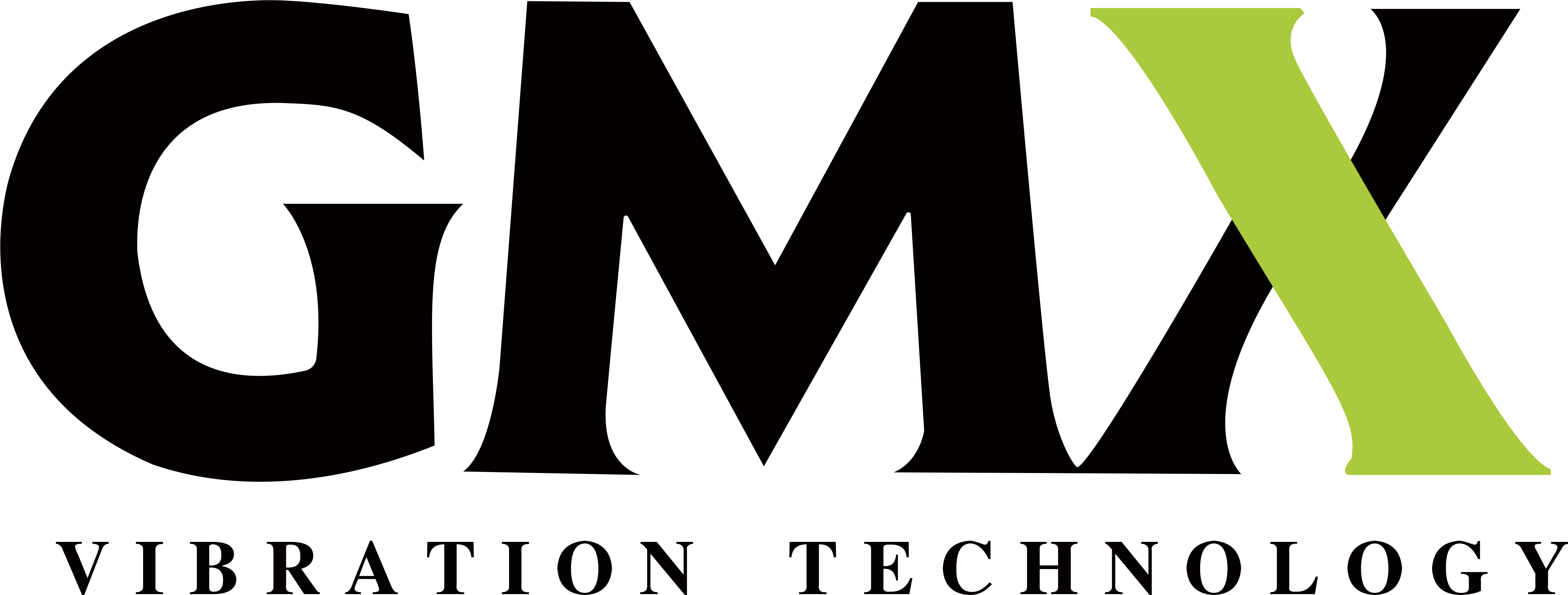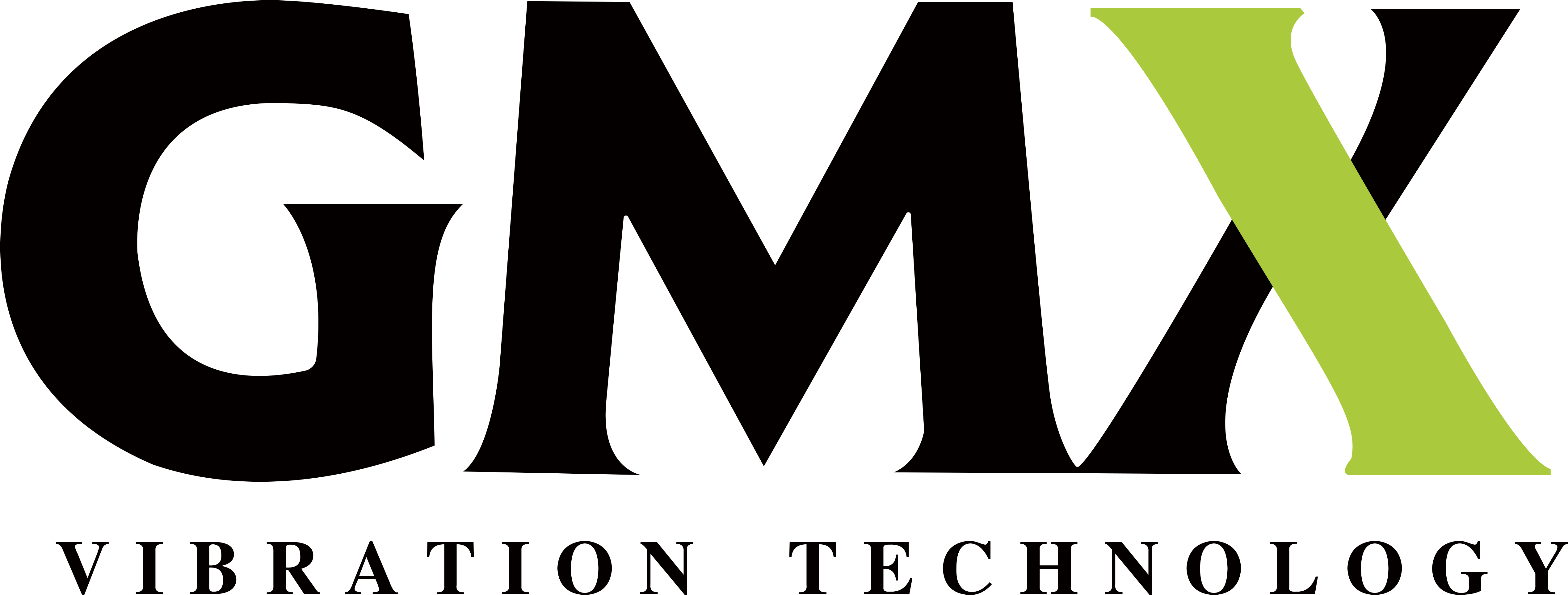Screening machines are the backbone of efficient material processing, transforming raw materials into high-quality products across industries like mining, food processing, pharmaceuticals, and recycling. By separating materials based on size, shape, or density, these machines ensure precision, reduce waste, and enhance productivity. In 2025, advancements in IoT, AI, and sustainable designs are redefining screening technology, making it more efficient and adaptable. This comprehensive guide explores what screening machines are, how they work, their diverse applications, and why GMX leads the industry with innovative solutions tailored to modern needs.
What Is a Screening Machine?
A screening machine is an industrial device that separates materials into different size fractions or removes impurities using vibrating screens, meshes, or airflow. These machines are critical for quality control, ensuring only desired particles proceed to the next production stage. Unlike manual sorting, screening machines automate the process, handling thousands of tons per hour in mining or micro-fine powders in pharmaceuticals with precision.
Core Components
-
Screen/Mesh: The filtering surface, typically made of stainless steel, polyurethane, or woven wire, with apertures ranging from 100 μm to 25 mm.
-
Vibration Motor: Generates motion (circular, linear, or elliptical) to move materials across the screen, with power ratings from 0.5 kW to 10 kW.
-
Frame: A robust structure, often with quick-release clamps, supporting the screen and minimizing vibration transfer.
-
Hopper/Outlet: Manages material input and discharge, ensuring consistent flow.
Working Principle
Materials are fed onto the screen via a hopper. Vibration motors induce controlled motion, causing smaller particles to pass through the mesh while larger ones are retained or directed to a separate outlet. Gravity and adjustable inclination (0°–10°) enhance material flow. GMX’s IoT-enabled screeners monitor vibration amplitude in real-time, reducing downtime by 30% through predictive adjustments, a feature that sets them apart from traditional systems.
Types of Screening Machines
Screening machines come in various designs, each tailored to specific materials and industries. Understanding these types helps businesses select the right equipment for their needs.
-
Vibratory Screeners: Use high-frequency vibrations (up to 3600 RPM) for efficient sorting of aggregates, ores, or powders. Multi-deck designs allow simultaneous separation into multiple size fractions, ideal for mining.
-
Rotary/Trommel Screens: Cylindrical, rotating drums for high-volume processing of sticky or wet materials like compost or waste. Their robust design handles up to 500 tons/hour.
-
Ultrasonic Screeners: Employ high-frequency ultrasonic waves (20–40 kHz) to prevent mesh blinding, perfect for fine powders (<44 microns) in pharmaceuticals or food.
-
Air Classifiers: Separate materials by density using controlled airflow, crucial for battery material recycling (e.g., lithium black mass).
-
Control Screening Machines: Remove oversized or foreign particles at intake points, ensuring safety in food processing lines.
Applications Across Industries
Screening machines are versatile, addressing unique challenges in various sectors. Their ability to handle diverse materials makes them indispensable in 2025’s industrial landscape.
Mining: High-Throughput Sorting
In mining, screening machines sort ores like coal, lithium, or iron with throughputs ranging from 200 kg/h for small-scale operations to 850 tons/h for large quarries. GMX’s vibratory screener, deployed in a Chilean lithium mine, improved recovery by 12% by precisely sizing particles for downstream processing. Durable polyurethane meshes withstand abrasive materials, lasting 18 months longer than steel alternatives.
Food Processing: Hygienic Sieving
Food-grade screening machines sieve powders (e.g., flour, sugar) and granules (e.g., spices) with FDA-compliant stainless steel screens. Quick-clean designs, like GMX’s tool-free clamp systems, reduce sanitation time by 40%, ensuring hygiene and minimizing downtime. For instance, a European bakery using GMX’s screener reported a 20% increase in throughput for cocoa powder processing.
Pharmaceuticals: Precision and Compliance
Pharmaceutical screening machines separate fine powders for tablets or capsules, adhering to Good Manufacturing Practices (GMP). Ultrasonic screeners achieve 98% yield for particles <10 microns, minimizing waste. GMX’s hygienic screeners, with crevice-free surfaces, ensure zero contamination, as demonstrated in a U.S. pharmaceutical plant where dosing accuracy reached 99.5%.
Recycling: Material Recovery
In recycling, screening machines sort plastics, metals, and debris to recover valuable materials. GMX’s trommel screens in a German recycling facility increased throughput by 20% by efficiently separating mixed waste. Air classifiers, used for lithium battery recycling, achieve 95% purity in black mass separation, supporting the circular economy.
Unique Insight: GMX’s air classifiers are optimized for battery recycling, a niche application where precise density-based separation is critical for recovering high-value materials like cobalt and nickel, positioning GMX as a leader in this emerging sector.
Benefits of Screening Machines
Screening machines deliver measurable advantages that enhance industrial efficiency and profitability.
-
Improved Product Quality: Precise separation removes impurities, ensuring 99% purity in food powders or pharmaceutical ingredients.
-
Increased Efficiency: High-throughput systems process up to 850 tons/h in mining, reducing bottlenecks and speeding up production.
-
Reduced Waste: Accurate sizing minimizes material loss, saving up to 15% in raw material costs.
-
Enhanced Safety: Automation eliminates manual sorting, reducing injury risks in hazardous environments like mines.
-
Cost Savings: Durable meshes and low-maintenance designs cut operational costs by 25%. GMX’s IoT-enabled screeners save up to USD 10,000 annually by preventing downtime.
Technological Innovations in Screening Machines
In 2025, screening machines are smarter and more sustainable, driven by cutting-edge technologies.
-
IoT and AI: Real-time monitoring tracks screen performance, while AI adjusts mesh tension and vibration patterns, improving efficiency by 15%. GMX’s AI-optimized screeners predict material flow, reducing energy use by 20% in high-volume applications.
-
Ultrasonic Technology: High-frequency waves prevent blinding, increasing throughput for fine powders by 30%. This is critical for pharmaceutical and food applications.
-
Quick-Release Systems: Tool-free clamps reduce screen replacement time from hours to 15 minutes, boosting uptime.
-
Sustainable Designs: Low-energy motors consume 25% less power, and recyclable polyurethane meshes align with environmental goals.
Challenges and Solutions
Screening machines face challenges that can impact efficiency, but innovative solutions ensure reliable performance.
-
Screen Blinding: Fine particles clog meshes, reducing throughput. Ultrasonic systems or ball-knocking mechanisms clear blockages, maintaining 98% uptime.
-
Wear: Abrasive materials like ores shorten mesh lifespan. Polyurethane or AR400 linings extend durability by 12–18 months.
-
High Costs: Advanced systems require significant investment. Modular designs allow incremental upgrades, lowering upfront costs by 20%.
How to Choose the Right Screening Machine
Selecting the right screening machine requires a strategic approach tailored to your industry and operational needs.
Decision-Making Framework
-
Material Type: Abrasive (e.g., ore) vs. delicate (e.g., food powders). Choose durable meshes for mining or hygienic screens for food.
-
Throughput Needs: Small-scale (200 kg/h) vs. high-volume (850 tons/h). Multi-deck vibratory screeners suit high-capacity applications.
-
Industry Standards: FDA/GMP for food/pharma; ATEX for explosive environments like chemical plants.
-
Budget: Balance initial costs with long-term savings from durable, low-maintenance designs.
Practical Tips
-
Opt for customizable machines to adapt to future material changes.
-
Prioritize IoT-enabled systems for scalability and predictive maintenance.
-
Test equipment with your materials. GMX offers free trials in their material testing lab, simulating real-world conditions to ensure 100% compatibility.
Why Choose GMX for Screening Machines
GMX, based in Shanghai, China, is a global leader in screening technology with over 15 years of experience. Operating a 15,000 m² facility with 120+ professionals, GMX serves 40+ countries, delivering tailored solutions for mining, food processing, and battery recycling. Certified with ISO 9001:2015 and CE, their screeners meet stringent standards. GMX’s IoT-enabled, hybrid vibratory-ultrasonic screeners achieve 99% efficiency, while their 24/7 support and free material testing ensure seamless integration. Contact GMX at [email protected] or visit www.gmxvibra.com to explore advanced screening solutions for 2025.
Conclusion
Screening machines are essential for achieving precision, efficiency, and sustainability in material processing. From mining to food production and battery recycling, they deliver high-quality results while reducing waste and costs. Innovations like IoT, AI, and ultrasonic technology are shaping a smarter, greener future for screening, with GMX leading the charge. As the market grows toward USD 11.69 billion by 2032, partnering with GMX ensures access to cutting-edge solutions tailored to your needs. Contact GMX today at [email protected] or visit www.gmxvibra.com to revolutionize your operations with world-class screening machines.


